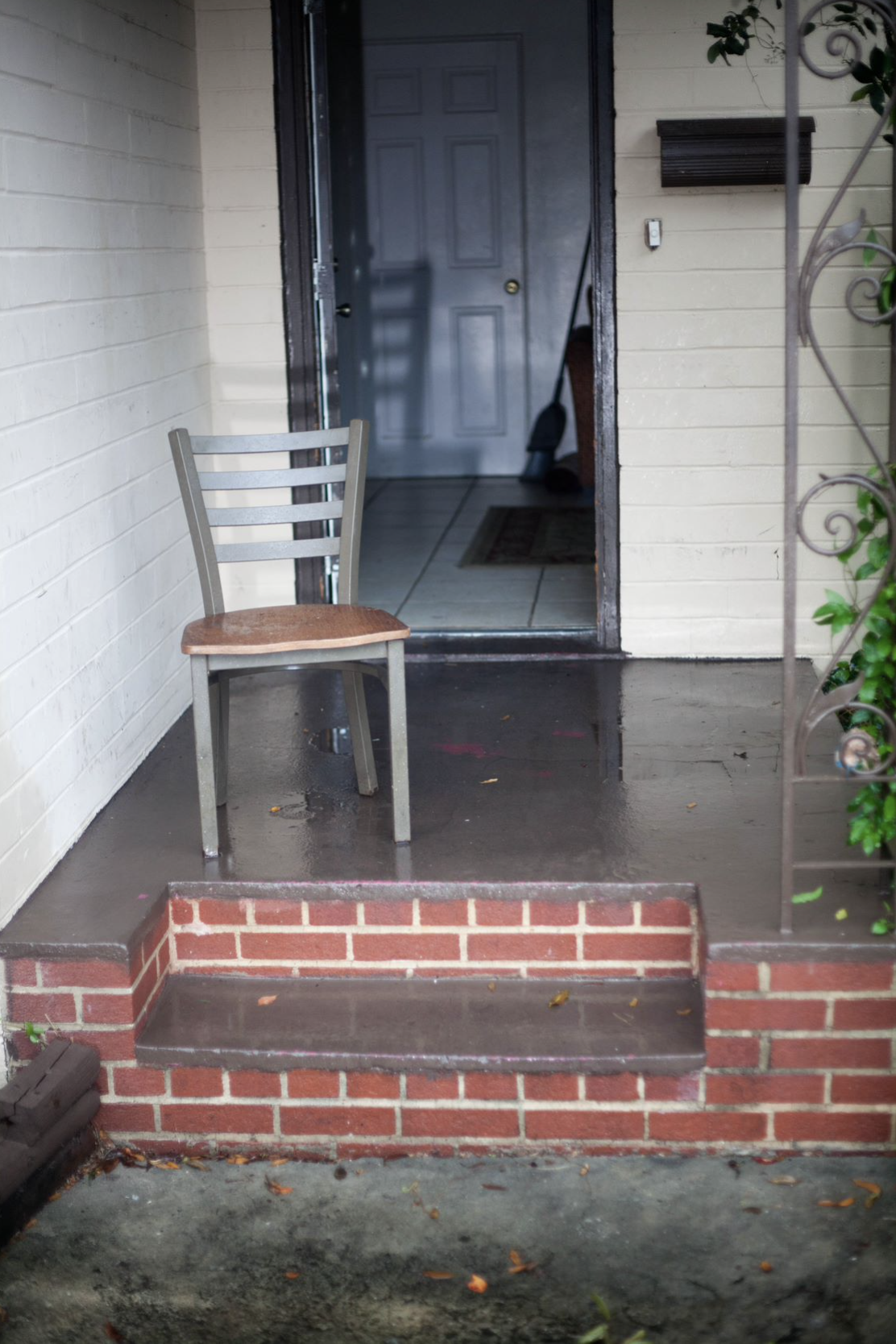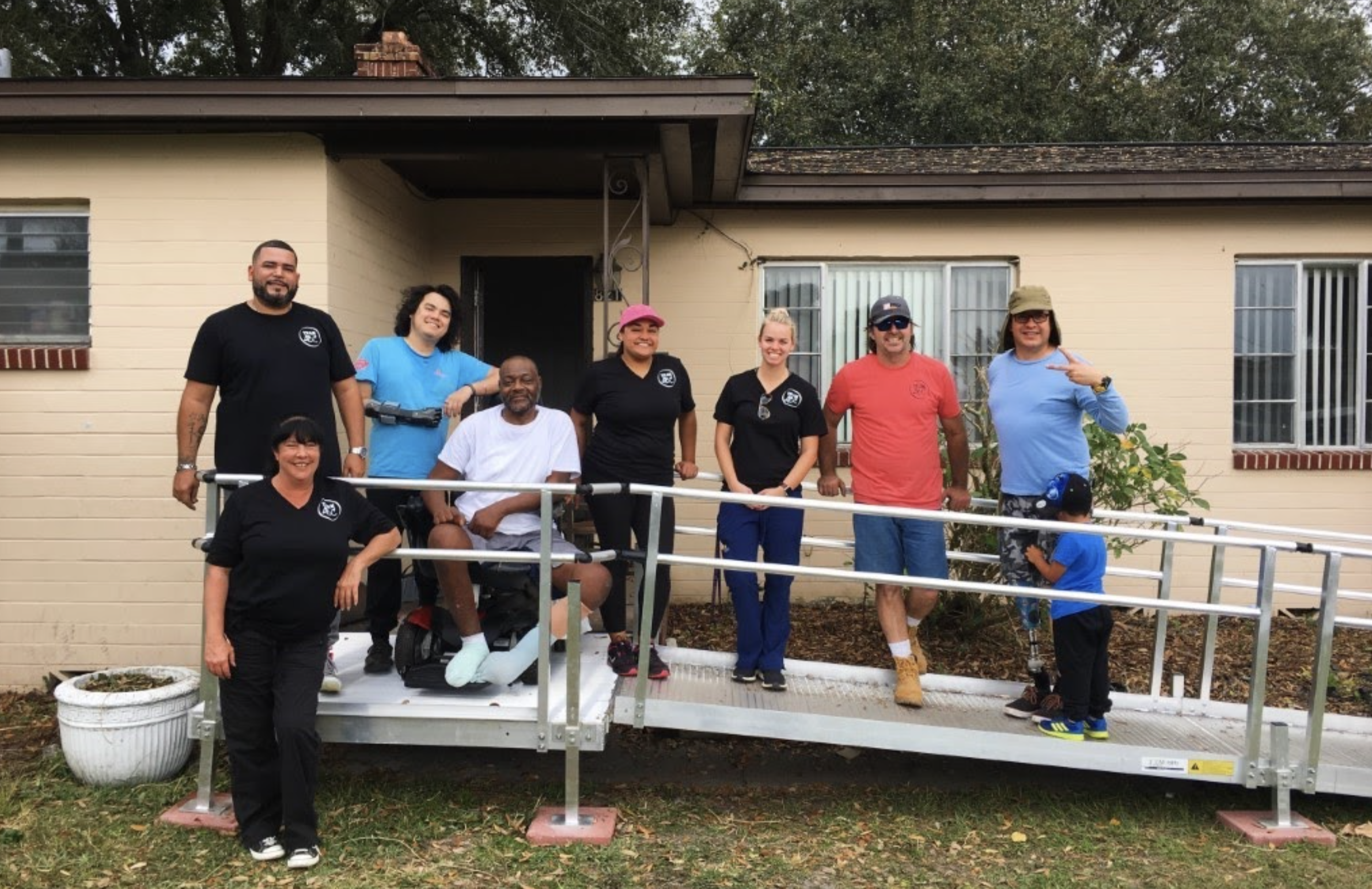By Victoria Wells Published February 16, 2023
Reviewed by Matthew LaGassa
and Roshana Rollock-Agarrat
Corporate Social Responsibility (CSR) and How it Came to Be
Corporate Social Responsibility (CSR) is a term that perhaps ten years ago, you may have never encountered in day-to-day life, however it is now becoming a crucial determining factor regarding the health of a company and is a widely accepted expectation of corporations. The consensus on the origin of the concept of CSR is that it arose from Howard Bowen’s book “Social Responsibilities of the Businessman” published in 1953. According to Mr. Bowen, those responsibilities meant, “the obligations of businessmen to pursue those policies, to make those decisions, or to follow those lines of action that are desirable in terms of the objectives and values of our society.” Investopedia defines CSR as a “self-regulating business model that helps a company be socially accountable to itself, its stakeholders, and the public (Fernando, 2022).” Today, many companies have wisely chosen to align their corporate giving and volunteering efforts with their company’s specific mission and values.
What CSR Looks Like
CSR efforts are displayed in various and sometimes creative ways depending on the company’s structure and focus. Some companies have created grants for non-profits and community groups to apply to; have internal funds designated that employees may request for their charity of choice; have committees who vote on the year’s giving and volunteering efforts; give only at the corporate or local level; or give through different budgets such as marketing or HR by decision of only one or two executives. Since its rise, corporate sponsorships have become a crucial part of the operating budgets and yearly planning process for non-profits around the United States.
Why CSR is Important
While doing good for good’s sake is noble and encouraged, executives often require financial justification for any action taken on the company’s behalf. CSR is becoming increasingly justified by the many studies emerging that shopping has changed. Upcoming generations require companies to display social consciousness in order to justify their purchases and are willing to pay more when they know that the company they are supporting is also supporting their community. Companies like Coca-Cola have switched to 100% recyclable materials, “Wells Fargo donates up to 1.5% of its revenue to charitable causes each year to more than 14,500 nonprofits”, and Patagonia sets the environmental example throughout every step of their production and managing process (Digital Marketing Institute, 2022).” “Community-oriented companies often enjoy a leg up on their competition as well, thanks to superior brand imaging (Murphy, Investopedia, 2022).” In addition to giving, CSR is about the internal health of your company- are your employees treated well and paid fairly; do you try to implement diversity and inclusivity initiatives, do you hold your managers accountable; and many more considerations. The time to be intentional about your company’s corporate social responsibility is now.
CSR’s Impact
“Even the smallest initiative can have an impact on a community (Investopedia, 2022b).” CIL’s Foundations to Freedom program operates on that principle. Through this program, we help return independence to individuals with disabilities through the provision and installation of equipment such as ramps and shower grab bars into their homes. Companies partner with us through not only sponsoring but also volunteering to a build ramp at individual’s home in the Central Florida region. A single ramp can cost thousands of dollars for an individual but through this program, they receive it for free and the result is immediate. These ramps change people’s lives by restoring access once again to their community.
How CIL Provides the Avenue
“One of the reasons that I like to do these builds and to give back is that these are people that until you get to know them, they’re invisible to us, yet they live next door. One of the builds that I did four years ago…is not but two miles from my house.” said Chris from Cuhaci Peterson commenting on partnering with CIL to build a ramp in Sanford, FL (YouTube, 2022).
To put the impact these ramps have in further perspective, AARP reported that if the financial contribution of American’s 50 and up were considered an economy, they would constitute the world’s third largest economy, following the U.S. and China (Terrel, AARP, 2019). CIL serves every age and disability; however, the majority of our ramps are built for seniors. Thus, with every ramp built, your company is not only making a direct impact in the accessibility in someone’s life, but also assisting with that major contribution to local economies.
Why CIL
Our program is a wonderful opportunity for companies to satisfy their corporate social responsibilities while helping make people visible again. Foundations to Freedom builds a path to independence, re-instating access and inclusion for our neighbors to their communities. It provides an excellent team building experience for your companies’ employees and produces an immediate return on investment.
We are actively seeking community partners that want an effective program to put their dollars and their team’s volunteering efforts towards. This program satisfies every aspect of CSR needed by providing a community-based, team building, diversity, equity, and inclusion focused sponsorship opportunity to help an individual in need.
Article Sources
- Association of Corporate Citizen Professionals (2023). ‘Corporate Social Responsibility: A Brief History.’ Retrieved from: https://accp.org/resources/csr-resources/accp-insights-blog/corporate-social-responsibility-brief-history/#:~:text=CSR%20truly%20began%20to%20take,for%20Economic%20Development%20in%201971.
- Center for Independent Living in Central Florida (2023). ‘Become a Partner.’ Retrieved from: https://cilorlando.org/ways-to-give/partnerships/
- CIL Orlando (September 26, 2022). ‘Rampage 2022 with Cuhaci Peterson.’ YouTube. Retrieved from: https://youtu.be/UIeRObZ1PBQ
- Digital Marketing Institute (November 10, 2022). ’16 Brands Doing Corporate Social Responsibility Successfully.’ Retrieved from: https://digitalmarketinginstitute.com/blog/corporate-16-brands-doing-corporate-social-responsibility-successfully
- Fernando, Jason (May 27, 2022). ‘Corporate Social Responsibility (CSR) Explained with Examples.’ Investopedia. Retrieved from: https://www.investopedia.com/terms/c/corp-social-responsibility.asp
- Murphy, Chris B. (May 31, 2022). ‘Why Social Responsibility Matters to Business.’ Investopedia. Retrieved from: https://www.investopedia.com/ask/answers/041015/why-social-responsibility-important-business.asp#:~:text=Social%20responsibility%20programs%20can%20boost,increase%20customer%20retention%20and%20loyalty
- Terrel, Kenneth (December 19, 2019). ‘Americans 50 and Older Would be World’s Third-Largest Economy, AARP Study Finds.’ AARP. Retrieved from: https://www.aarp.org/politics-society/advocacy/info-2019/older-americans-economic-impact-growth.html



